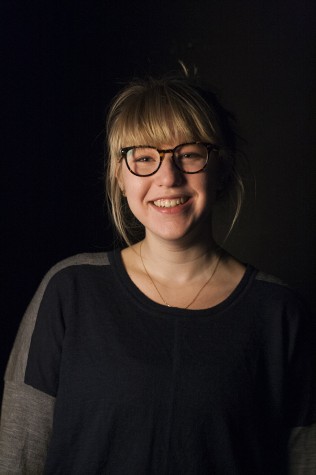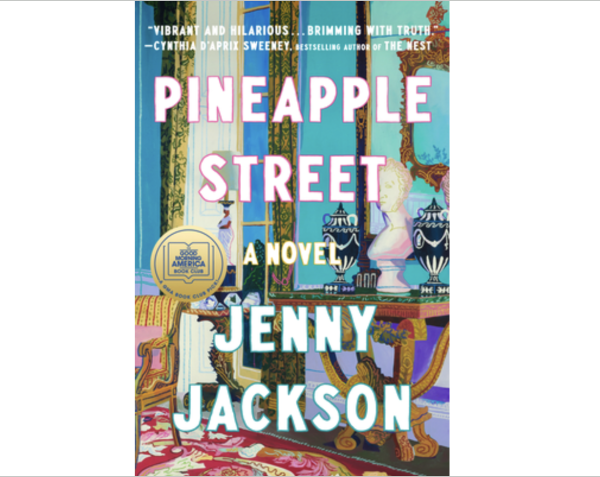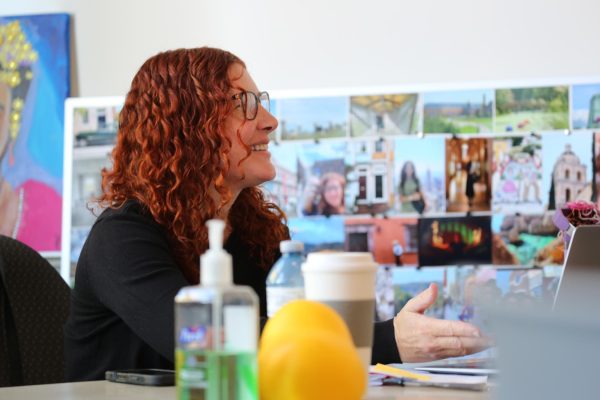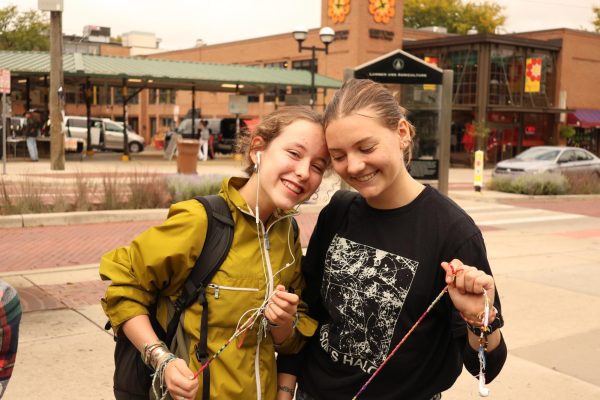The Visual Arts of Community High School
Upon entering the art room at Community High School, the eye is immediately drawn to the cluttered walls, filled with life drawings and paintings from all different angles and perspectives. The students sit at tables, hunched over, working away at their different mediums and contrasting ideas and visions. For some of these kids, taking an art class is just another required credit, but for others the whole Southern hallway of the first floor is a haven dedicated to a subject they love.
In Advanced Art, students have to work vigorously on their pieces and present them to the class on critique day. However, students don’t always think of the work they do in art class as stressful. “I mean really, [art class] is a relief class. It allows you to think differently, instead of your regular academic classes,” commented James Mackin, an aspiring artist in the class.
For a lot of these kids, even though the stress of grades and completing projects is there, it still feels almost like a hobby. “It’s a good relaxing activity for me,” said Clara Motiño, who sees the class as enjoyable, as well as educational. She also added, “It’s very important to keep kids creative.”
Even if students find art a class in which they can unwind, its importance truly lies in the creativity that comes from this perfectly structured environment. Giving students enough room to come out with unique work. Since art isn’t a bunch of lectures and notes, it allows the students to come in and just start working. Gabby Thompson explains, “[Art] is really important because it allows people to express their creativity, and helps your fine motor skills. Especially when you’re doing conceptual art, it helps you think in a different way than you usually do.”
While they teach many valuable skills and has two required semesters, art classes aren’t always seen as academic, even by those taking them. However, Steve Coron, head of the Art Department, would argue the opposite. “You need to express yourself, you need to talk about what you do, you need to talk about how you see your world and you need to balance the other work you do in your other academic classes. Notice how I said other academic classes, because I consider the arts to be academic as well. I don’t think they’re extra. I don’t think they’re separate. I think it’s part of everything you should know,” Coron explained.
Coron feels that art education not only has an impact on high school students, but helps students learn effective skills that will be relevant for the rest of their lives. “People often forget this, but things you learn in art classes are skills you can use in other jobs. A lot of people go to art school, and never really make art per se, but they become business managers, they become teachers, they become salespeople… You can learn skills you can use in other areas, or you can decide to be an artist or a graphic designer or an arts manager,” said Coron.
Students like Motiño and Thompson can agree that the visual arts program does not lack passionate teachers and educational value, but that it has faced a lot of budget cuts over the years. Still, Community has been able to hold its ground as a great school for those interested in the arts. “It’s definitely underfunded because the schools can’t really buy art supplies. I know that Steve has had to buy art supplies out of his own money for his art classes and even with that you can’t get very good supplies for not a lot of money. Having the right supplies is important,” said Thompson.
“I’ve seen reduced funding ever since I’ve been in art education, every year we have less. That’s the first place districts look to cut. Lansing public schools just cut all art education and music,” said Coron. With their favorite classes on the chopping block, both students and teachers want to speak up about the importance of art classes, and why it can be so under appreciated.
When asked her ideal situation for the art program at Community, Thompson said, “I would make it less of a stigma that people who can only do art are not quite as smart as the people who are better academically than at art and I think that’s a really bad stigma because people who do art can be just as smart. It’s just working a different part of your brain.”
Teachers and students really don’t ask for much; they are already satisfied by the program, its teachers and the organization. The struggle is with the problem of funding, and the possibility that the art requirement as whole might get cut. When asked about her ideal solution, Motiño can only think of one simple thing she needs: “enough funding to keep our supplies up and have a variety of supplies and not just one kind of paint, one kind of paper.”
Coron can agree with that as well, telling about his own experience with his school’s art program as a kid. Coron said that while he was involved with various kinds of activities, the times he spent in the art room were the ones that stuck with him. Coron said “even in a small rural town in northern Michigan we had it. If we don’t have it in Ann Arbor, a town like Ann Arbor, which is the cultural mecca of Michigan, if we don’t have arts education here, it’s a dirty rotten shame. And anyone who cuts it should be ashamed of themselves.”
Coron expresses his enthusiasm for art through song:















